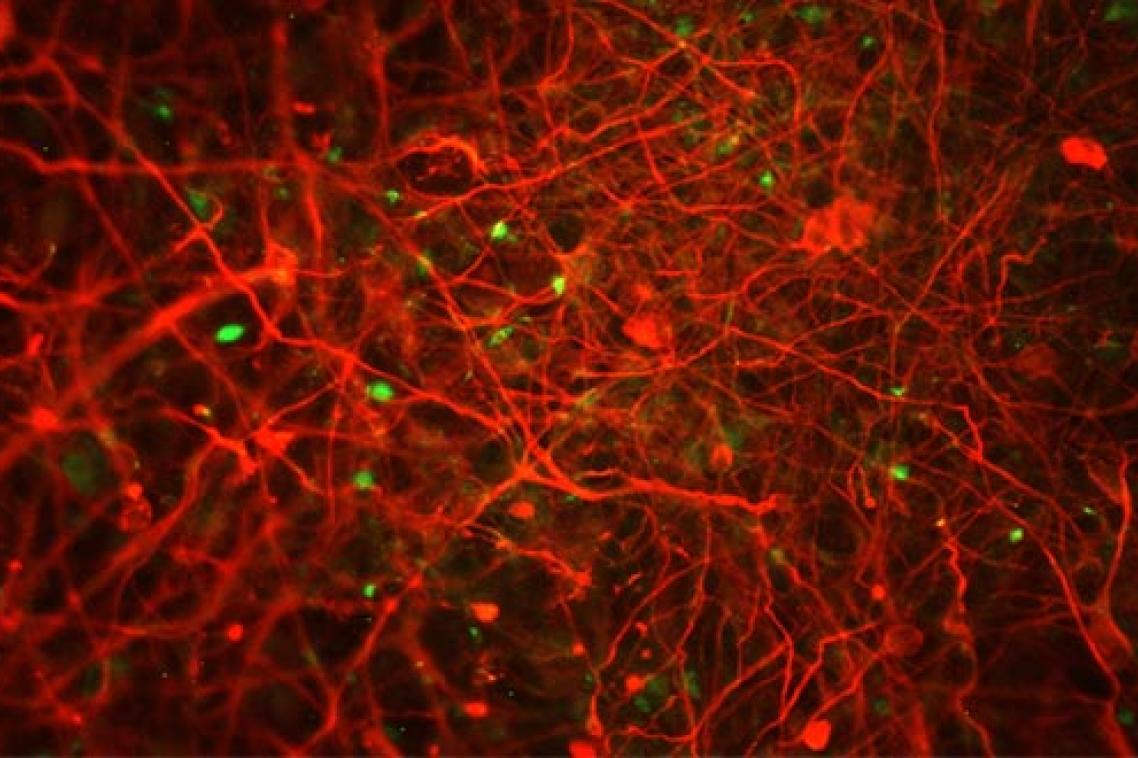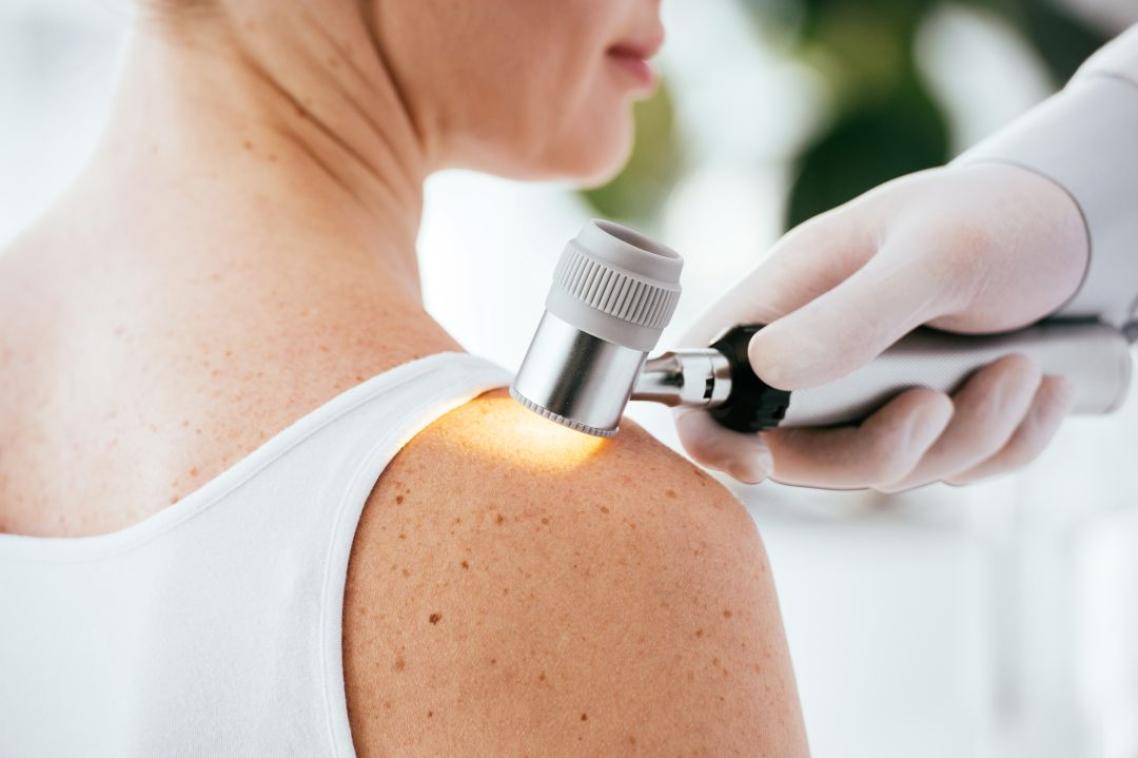‘Live’ brain models used in hunt for Alzheimer’s treatment

Studying tiny ‘live’ models of the human brain has helped researchers understand its ageing and find a key to potential treatments for Alzheimer’s and other neurodegenerative diseases.
University of Queensland scientists have found different cellular mechanisms that can either accelerate or reduce brain cell deterioration.
Professor Ernst Wolvetang studied organoids, models that closely mimic the human brain, at UQ’s Australian Institute for Bioengineering and Nanotechnology.
“We have found that human brain organoids can be used to study the molecular mechanisms that drive brain ageing processes,” Professor Wolvetang said.
“This opens the way for testing many molecules that could become potential therapeutic drugs for a host of neurodegenerative diseases.”
Using the organoids, Professor Wolvetang and Dr Julio Aguado found DNA leakage accelerated ageing in the rare neurodegenerative disease Ataxia-Telangiectasia (A-T).
In another research project, Professor Wolvetang and Dr Mohammed Shaker found that increasing levels of the ‘anti-ageing’ protein klotho reduced the deterioration in brain cells associated with age and dementia.
‘Anti-ageing’ protein and Alzheimer’s treatment
Dr Mohammed Shaker used stem cell technology to grow the organoids, with the cellular make-up and architecture of a developing human brain, to study klotho.
“We genetically altered klotho levels to study the effects an increase in the protein would have on organoid brain cells – and found that it slowed ageing processes by 89 per cent,” Dr Shaker said.
“Our research clearly demonstrates that this protein has a powerful and direct effect on reducing the effects of ageing in the brain.
“If we can find a way to increase klotho in human brain cells, this could be beneficial in halting or slowing Alzheimer’s disease.”
The team’s research has been published in the journal Ageing and Mechanisms of Disease. (https://doi.org/10.1038/s41514-021-00070-x)
DNA leakage and Ataxia-Telangiectasia
Dr Julio Aguado used stem cells from A-T patients to grow organoids, knowing that children with the disease lacked a protein critical for DNA repair and cells would likely show signs of premature ageing.
“We discovered that DNA leaks from the nucleus, causes inflammation and results in a deterioration of brain cells that comes naturally with age,” Dr Aguado said.
“Our findings show that A-T can be considered a disease of accelerated ageing.
“This opens up a whole new avenue for treatment options for this currently incurable condition.”
The research has been published in Aging Cell (DOI: 10.1111/acel.13468).
Media: Erik de Wit, e.dewit@uq.edu.au, +61 447 305 979
Related articles
Brisbane woman runs 50km for 50 days to break barriers for para-athletes

Study challenges conventional wisdom on a common cause of melanoma
Media contact
UQ Communications
communications@uq.edu.au
+61 429 056 139

